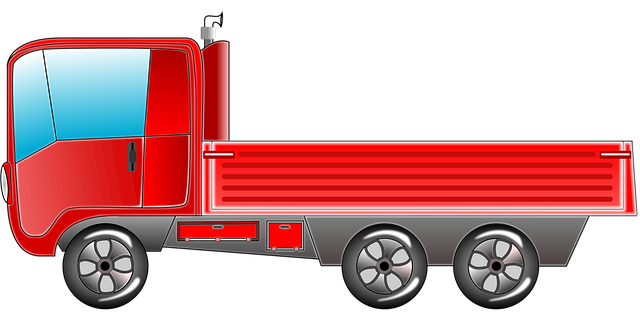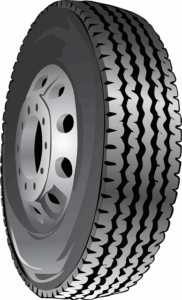Register Your Car: Step-by-Step Guide with VIN Verifier
Registering a car in California is a straightforward process, but understanding the requirements and gathering the right documents is crucial. This guide will walk you through each step, from verifyin…….

Registering a car in California is a straightforward process, but understanding the requirements and gathering the right documents is crucial. This guide will walk you through each step, from verifying your Vehicle Identification Number (VIN) using a reliable checker to obtaining your license plate. We’ll cover essential tasks like visiting a California Department of Motor Vehicles (DMV) office and completing the registration application with ease. Get ready to hit the road legally!
- Understand California Car Registration Requirements
- Gather Necessary Documents for Vehicle Registration
- Visit a California Department of Motor Vehicles (DMV) Office
- Complete the Vehicle Registration Application Process
- Pay the Registration Fees and Obtain Your License Plate
Understand California Car Registration Requirements

Before you begin the registration process, it’s crucial to understand California’s car registration requirements. This includes ensuring that your vehicle meets all safety and emission standards set by the state. One key aspect is having a valid Vehicle Identification Number (VIN) inspection or using a mobile VIN verifier to check the vehicle’s history, which can help prevent fraud and ensure you’re getting a reliable vehicle.
In California, a mobile VIN verification service can be particularly useful, especially if you’re buying a used car from an individual. This convenient option allows you to quickly and easily confirm the vehicle’s authenticity and past, providing peace of mind as you navigate the registration process. Remember that adhering to these requirements not only ensures your car is legally registered but also contributes to maintaining a safe and transparent automotive environment.
Gather Necessary Documents for Vehicle Registration

Before you begin the registration process in California, it’s crucial to gather all the essential documents for vehicle registration. This includes your vehicle’s Certificate of Title, which can often be obtained from the previous owner, and a valid driver’s license or state ID card. Additionally, you’ll need proof of insurance, as well as a completed Vehicle Registration Application form, available from the California Department of Motor Vehicles (DMV). One critical document to have on hand is your vehicle’s VIN (Vehicle Identification Number), which can be found on the dashboard or in the driver’s side door frame. Utilizing a mobile vin verifier or conducting a vin inspection can help ensure you have the correct and most up-to-date information for your vehicle.
Furthermore, if you’re purchasing the car from a dealership or private seller, they typically provide a History Report which includes details about the vehicle’s past, such as accident records or outstanding loans. This document is invaluable during registration as it aids in verifying the car’s condition and ownership history. Remember to keep all these documents organized and readily accessible to streamline the registration procedure at your local DMV office.
Visit a California Department of Motor Vehicles (DMV) Office

To begin the process of registering your car in California, one of the first steps is to visit a local California Department of Motor Vehicles (DMV) office. This is where you’ll officially start the registration journey. At the DMV, you’ll need to bring several essential documents and provide key information about your vehicle. A vin verifier, often used for mobile vin inspection, can be helpful in ensuring that all details are accurate.
The staff at the DMV will guide you through the registration process and verify your vehicle’s information using the Vehicle Identification Number (VIN). If you opt for a mobile vin inspection or have already conducted one, this step becomes even smoother as you’ll have the necessary data readily available.
Complete the Vehicle Registration Application Process

To complete the vehicle registration application process in California, you’ll need to gather several essential documents and undergo a VIN (Vehicle Identification Number) verification. Start by acquiring the necessary forms from the California Department of Motor Vehicles (DMV). Fill out the Application for Title and Registration (Form DV-140), ensuring all information is accurate and up-to-date. Accurate record-keeping is key, especially during the vin inspection process.
Next, validate your vehicle’s VIN using a mobile vin verifier or an official DMV service. This step ensures that your car matches the reported details on the registration documents. Once your mobile vin inspection is complete and all forms are accurately filled out, submit them along with required fees to the DMV. They will then process your application, issuing a registration certificate upon verification of your vehicle’s identity and compliance with California’s regulations.
Pay the Registration Fees and Obtain Your License Plate

After completing your vehicle’s registration application, it’s time to pay the fees associated with registering your car in California. These fees cover various costs related to licensing and regulatory bodies. You can typically make the payment online or at a designated DMV office. Once processed, you’ll receive your vehicle’s registration documents, which include important details like your unique Vehicle Identification Number (VIN).
With your new registration in hand, you must obtain license plates for your car. In California, these plates are often purchased through an official DMV provider. To streamline this process, consider utilizing a mobile VIN verifier or mobile VIN inspection service. These services can verify your vehicle’s details and even help with plate selection based on your specific model, making the task quicker and more convenient.
Registering a car in California is a straightforward process that requires understanding the state’s requirements, gathering essential documents, and visiting a local DMV office. By completing the application process and paying the necessary fees, you’ll not only legally register your vehicle but also receive your unique license plate. Remember to keep your registration up-to-date and always carry your proof of registration while driving in California. For added convenience, consider using a VIN verifier to ensure all details are accurate during the registration process.







